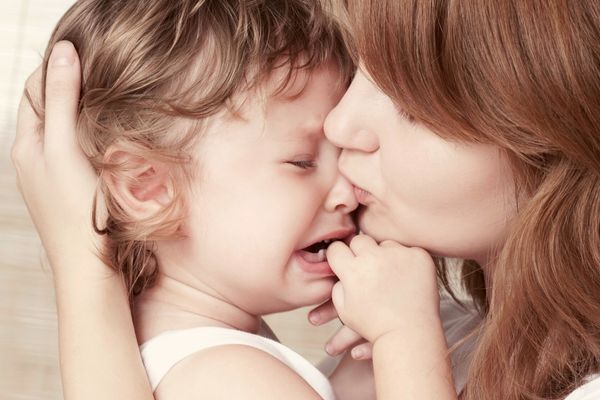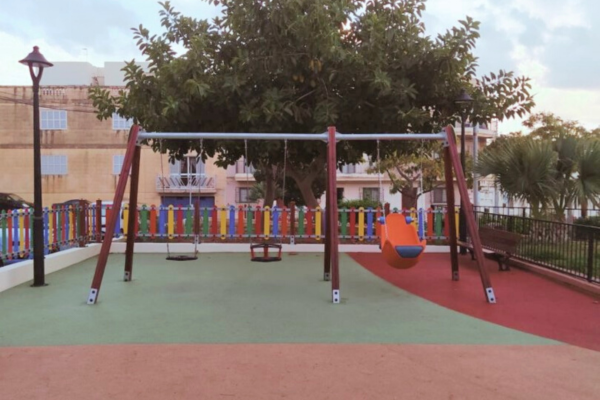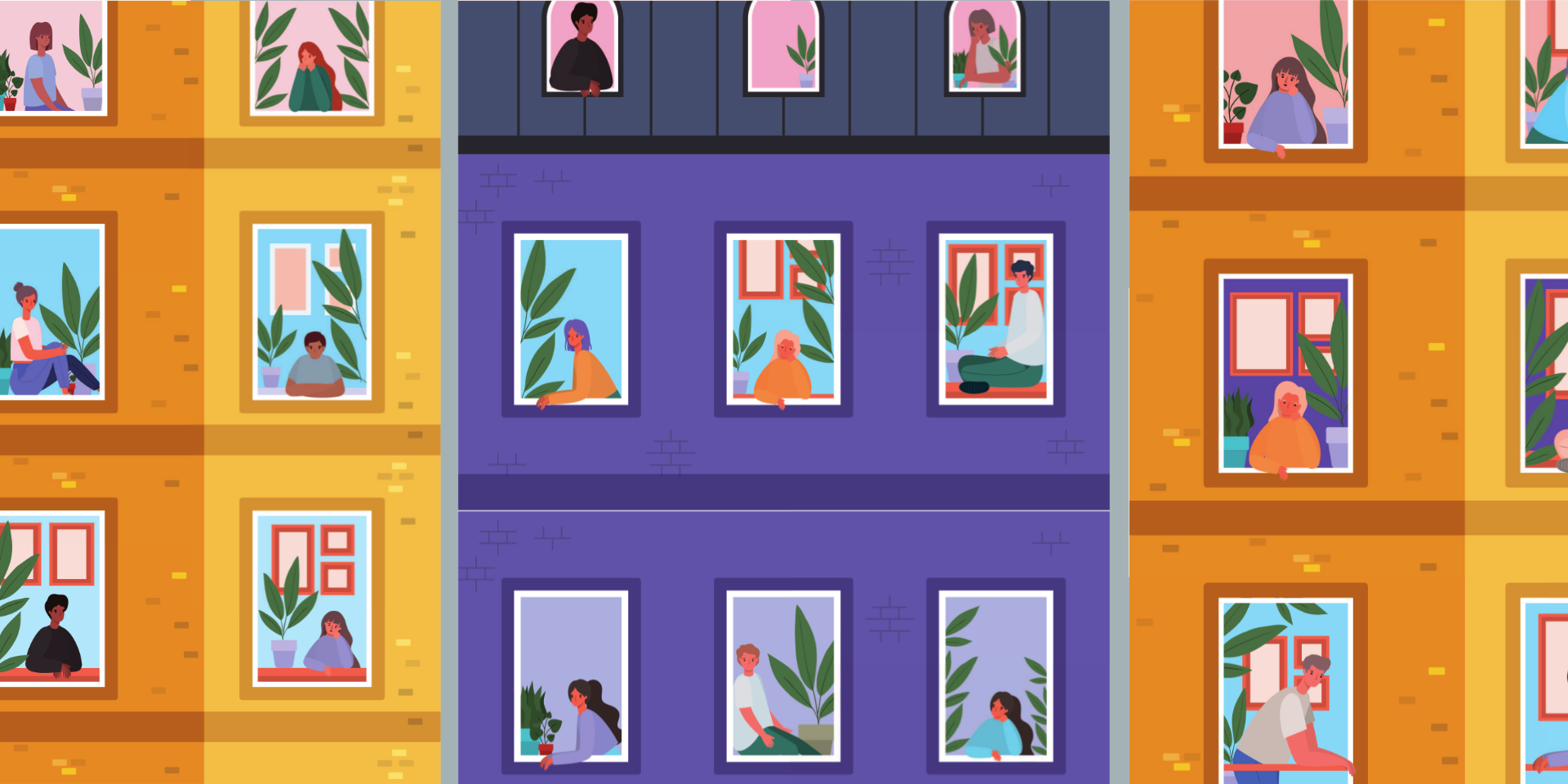Dealing with Separation Anxiety in Toddlers
 Is your toddler very attached to you? Do they cry when you attempt to leave without them? Most parents have been exactly where you are. Separation anxiety is heart wrenching and tiring – both for you as a parent and your toddler. Together with MyMama expert Chantelle Sciberras, we’ll explain how to identify the signs of separation anxiety, how you can manage the guilt, and how to help your little one deal with these strong emotions.
Is your toddler very attached to you? Do they cry when you attempt to leave without them? Most parents have been exactly where you are. Separation anxiety is heart wrenching and tiring – both for you as a parent and your toddler. Together with MyMama expert Chantelle Sciberras, we’ll explain how to identify the signs of separation anxiety, how you can manage the guilt, and how to help your little one deal with these strong emotions.
What are the signs of separation anxiety?
 Separation anxiety is most prevalent in babies and toddlers between the ages of 6 months and three years. Children may cry, throw a big tantrum, or resist other caregivers.
Separation anxiety is most prevalent in babies and toddlers between the ages of 6 months and three years. Children may cry, throw a big tantrum, or resist other caregivers.
“Refusing to go to school or childcare is one sign that your child is experiencing separation anxiety,” explains Chantelle Sciberras, a MyMama counsellor and parenting expert.
“Refusing to sleep alone, repeated nightmares with a theme of separation, lots of worry when parted from home and family, too much worry about the safety of a family member or of getting lost from family, all point to separation anxiety.”
 But, before determining if your child is experiencing separation anxiety, Chantelle says it’s important to be aware of the developmental course of crying, otherwise the reason why your child is reacting that way may be misattributed: “Crying in early infancy increases over the first two months of life and eventually decreases.”
But, before determining if your child is experiencing separation anxiety, Chantelle says it’s important to be aware of the developmental course of crying, otherwise the reason why your child is reacting that way may be misattributed: “Crying in early infancy increases over the first two months of life and eventually decreases.”
She goes on to explain that excessive crying in infancy is categorised as colic and it has few longer term consequences on the child. “Colic is not a stable phenomenon and it manifests itself as intense crying bouts of long duration.” On the other hand, “negative reactivity is stable and characterised by frequent bouts of fussiness.” Research shows that the latter may have immediate and long-term effects on parenting.
Studies and teacher reports, as Chantelle explains, show that “infants prone to high levels of fear, frustration, and sadness, as well as difficulty recovering from such distress, are at increased risk for internalising and externalising problem behaviours.” The good news is that not every child who experiences this expresses behavioural problems later in life. That said, the impact on the parent is substantial.
How can parents deal with the guilt of leaving a crying child behind?
Separation anxiety makes it very difficult to leave your little one in the care of others – the mum and dad guilt is too much. Chantelle offers these tips for parents currently experiencing this rollercoaster of emotions:
- Keep things into perspective
- Remember there is no “right” way to do things
- Set your own personal standards
- Stop comparing yourself to others – especially on social media
- Remember life isn’t perfect
- Practice self-compassion
How can we help our child deal with these strong emotions?
Seeing your little one cry their eyes out – and all because they want to be with you – is heart wrenching. Chantelle lists 8 tips to help your child through this phase:
- Teach your child about emotions
- Explain feelings and behaviours
- Validate feelings
- Show acceptance
- Teach emotional regulation
- Avoid reinforcing outbursts
- Challenge your child
- Seek help – there are professionals who can help you and your little one ride this phase.

It’s completely natural for your toddler to cry, but if separation anxiety is causing them a lot of distress, or it’s taking them long to recover after an outburst, talk to your child paediatrician or a counsellor.
Separation anxiety shouldn’t limit your child’s socialising, and it shouldn’t prevent you from going to work or running an errand, either. Know that you are doing your best, both for you and your child.
As Chantelle notes, “allow yourself some well-deserved praise for doing a good job. As long as you’re trying, it means you care and love your children”.



